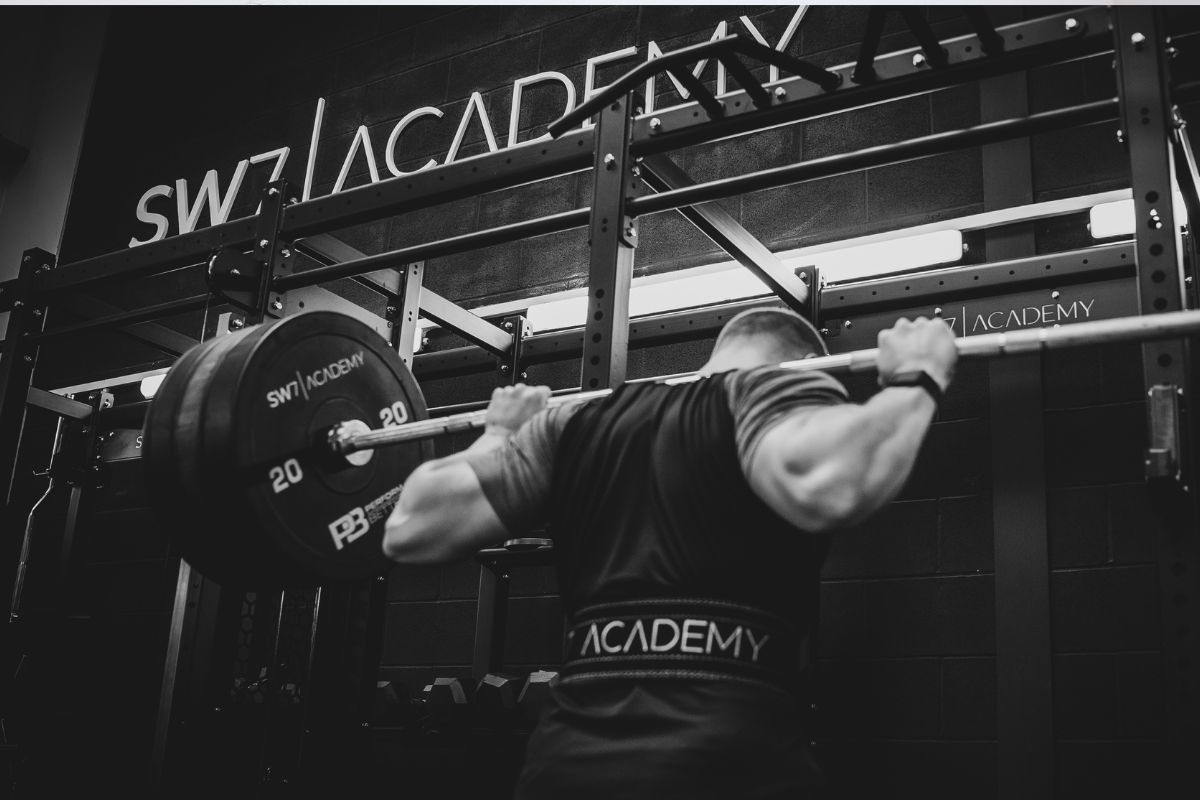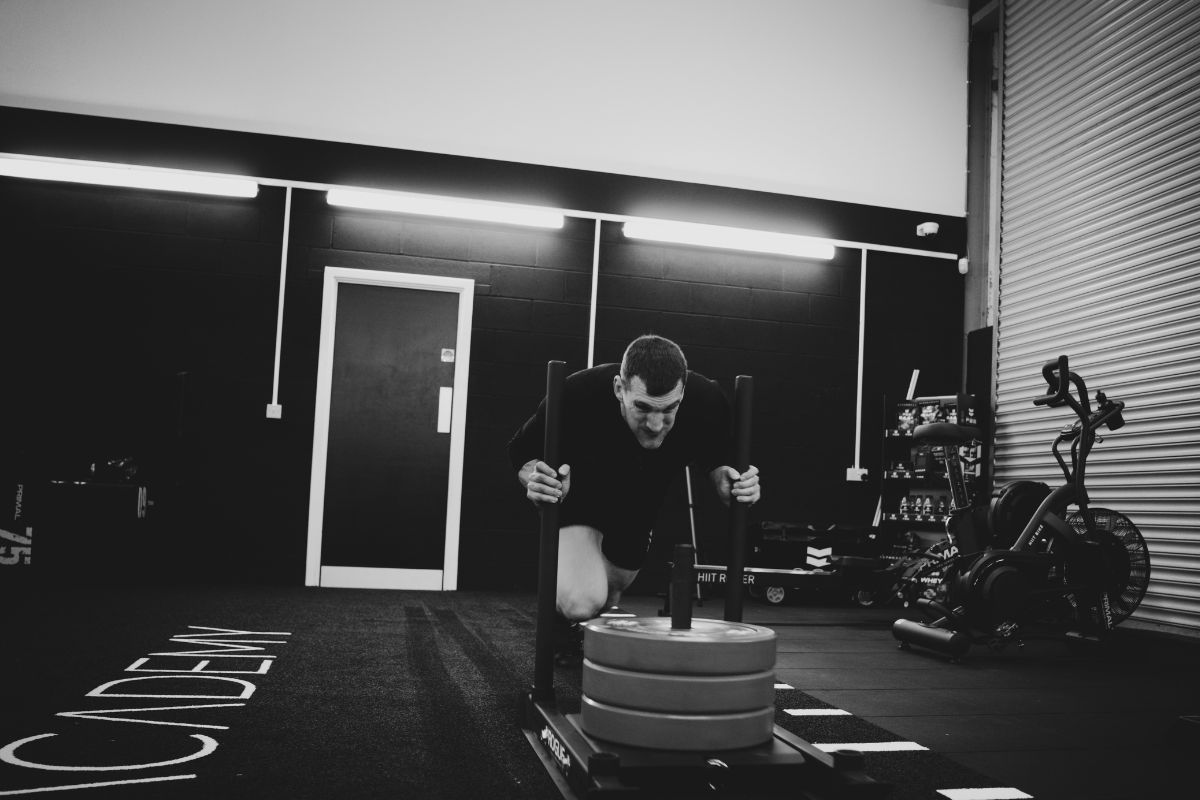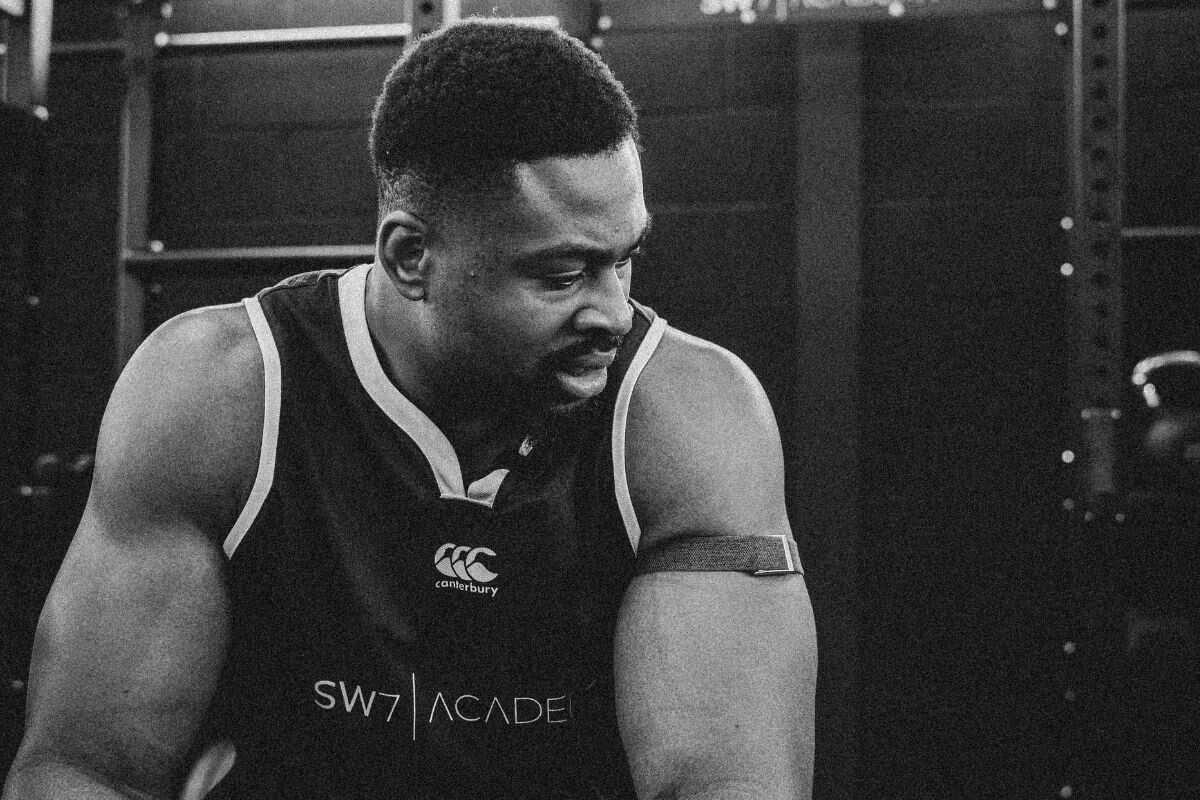Essential Picks for Effective Strength Training
With 20 years of training experience, I’ve learned through trial and error which exercises truly drive muscle growth. While there is no definitive “best exercise,” this guide highlights my 10 top picks based on personal experience, others’ feedback, and supporting literature.
For building muscle mass (hypertrophy), the most effective exercises typically focus on compound movements.
Why are compound movements important?
When selecting exercises, prioritise compound movements.
These exercises engage multiple joints and large muscle groups, making them more effective for muscle growth. For instance, squats target the quadriceps, hamstrings, and glutes, while isolation movements, like bicep curls, focus on a single muscle group.
By engaging multiple muscles at one time, compound exercises allow you to lift heavier weights than isolation exercises, which in turn promotes more significant strength gains.
The Top 10 Exercises for Muscle Growth
1. Squat
Known as the king of lower body exercises, squats engage multiple large muscle groups and are fundamental for muscle growth.
The primary muscles activated during a squat include:
- Quadriceps (front of the thighs)
- Hamstrings (back of the thighs)
- Glutes (buttocks)
- Calves
- Core muscles (abs, obliques, and lower back)
 My most significant leg gains have come from consistent squatting.
My most significant leg gains have come from consistent squatting.
2. Bulgarian Split Squat
This single-leg exercise is excellent for balancing lower body strength and targeting the glutes, quads, and hamstrings. The core muscles (abdominals and obliques) also work during this movement to stabilise the body.
Studies have shown that Bulgarian split squats result in high levels of muscle activation in the working leg (i.e. the leg being used). This activation is crucial for promoting hypertrophy (muscle growth) as it provides a strong stimulus for muscle development.
Split squats a staple in any well-rounded program.
If you’re serious about building muscle (or losing weight) and need help, look no further than our online training membership, offering access to over 12 expertly designed training programmes, built by athletes and tailored for all levels.
3. Barbell Hip Thrust
Superior to Romanian Deadlifts (RDLs) for injury prevention, the Hip Thrust allows heavy loading with minimal lower back strain, effectively targeting the gluteus maximus, gluteus medius, and gluteus minimus, as well as the hamstrings.
This focus on the glutes is crucial for muscle hypertrophy, as these are some of the largest muscles in the body. In fact, studies have shown that the gluteus maximus is more activated during hip thrusts than during squats or deadlifts, and this high level of activation provides a strong stimulus for muscle growth.
4. Sled Push
A versatile and low-risk exercise, sled pushes are excellent for building strength and increasing lactic acid tolerance, without straining the knees or lower back.
Pushing a sled also provides a high-intensity workout that can be adjusted based on the weight placed on top. This allows for progressive overload, which is a fundamental principle for muscle growth, where you can gradually increase the weight to continually challenge your muscles.

5. Dumbbell Bench Press
The dumbbell bench press is a highly effective exercise for muscle growth, primarily targeting the upper body muscles, particularly the chest, shoulders, and triceps, while offering unique benefits compared to other pressing movements.
This alternative to the barbell bench press allows for better wrist and elbow positioning, reducing shoulder joint strain and ensuring balanced muscle engagement.
6. Dumbbell Shoulder Press
A key exercise for shoulder development, the Dumbbell Shoulder Press provides excellent trice stimulation and allows for independent arm movement.
Dumbbells enable a greater range of motion compared to a barbell, allowing you to enhance muscle activation, leading to better muscle fiber recruitment and greater muscle growth.
Moving through a full range can also help maintain flexibility in the shoulder joints and reduce injury risk.
7. Plated Press Up
The plate press-up (also known as a plate push-up or plate-loaded push-up) is an effective exercise for muscle growth, particularly for the upper body.
Adding weight to press-ups intensifies the exercise and introduces an element of progressive overload. This increased resistance is vital for muscle growth as it challenges the muscles to adapt and grow stronger.
Plated press-ups also challenges the core and shoulders while providing a safer option for shoulder health.
8. Chin / Pull Ups
A top choice for vertical pulling, chin-ups and pull-ups require significant strength and primarily target the back, biceps, and shoulders while also engaging various stabilising muscles.
Chin pull-ups are also beneficial as they require a strong grip, and over time improvs grip strength. Strong grip strength is great for not only for performing chin-ups but also for other exercises and daily tasks.
9. Single Arm Dumbbell Row
Essential for unilateral back training, this exercise targets the back muscles and the hip complex, emphasising proper form for optimal results.

10. Prone Pull
Although not commonly available, the Prone Pull is an excellent alternative to Bent Over Rows and Pendlay Rows, reducing lower back strain while focusing on the back muscles.
These exercises are integral to our training programmes, offering effectiveness while minimising injury risk. Incorporate them to build a resilient, aesthetically pleasing, and strong body.
And there we have it! We hope this article has inspired you to incorporate these top 10 exercises into your training routine. Each movement offers unique benefits for building muscle and enhancing your overall strength, ensuring a well-rounded approach to your fitness journey.
Join SW7‘s online fitness membership, CO-founded by rugby legend Sam Warburton OBE, offering expertly crafted programmes that instil an athlete’s mindset, equipping you with the determination, knowledge, and resilience to not only achieve your fitness goals but sustain them for life.